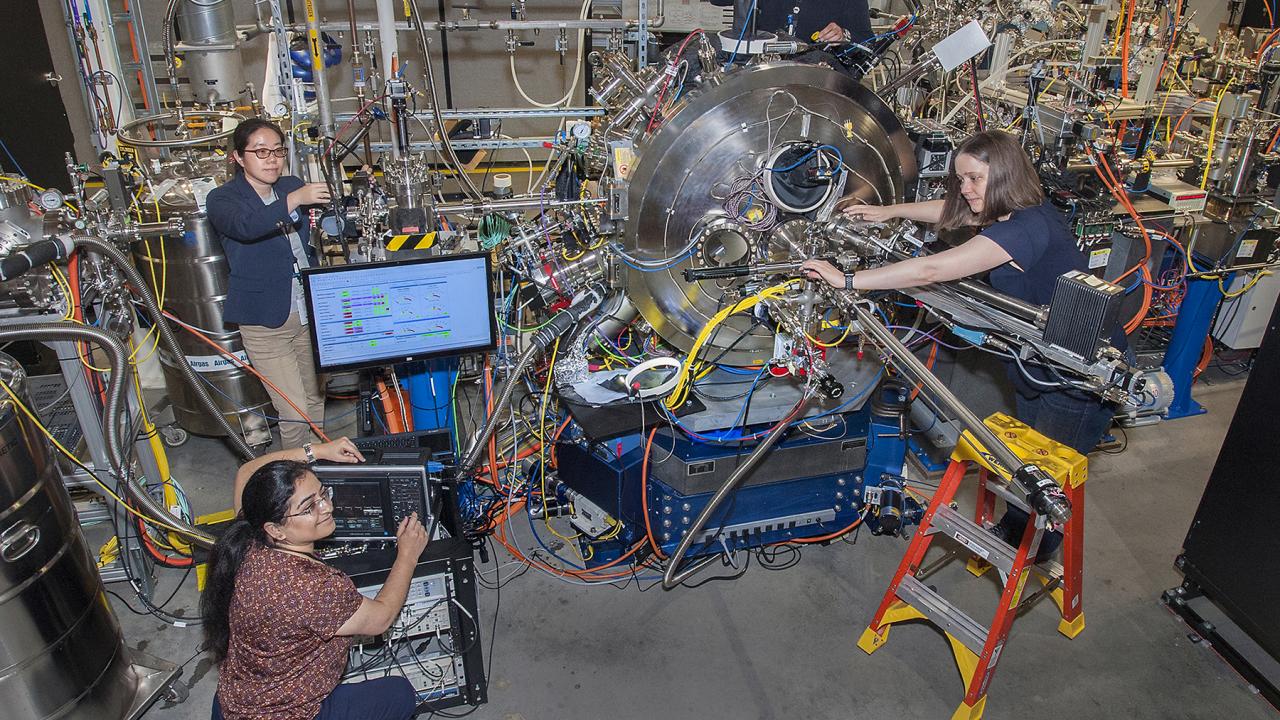
Roopali Kukreja Reveals Two-Step Process in Magnetite’s Metal-Insulator Transition
A team of UC Davis researchers led by Assistant Professor Roopali Kukreja recently published their findings that magnetite’s transition between metal and insulator is a two-step process, instead of a one-step process like previously thought.
Magnetite is a unique material in that depending on temperature, it can either be a metal, which conducts electricity well, or an insulator, which does not. Kukreja’s team investigated this transition, theorizing that it has to do with the arrangement of the material’s electrons, and found this two-step process.
“What we expected was that things would go faster and faster while warming up. What we saw was that things get faster and faster and then they slow down. So the fast phase is one step and the second step is the slowing down, and that needs to happen before the material becomes metallic,” Kukreja said.
The study was carried out at the National Synchrotron Light Source II, an x-ray user facility at Brookhaven National Laboratory. Using x-ray photon correlation spectroscopy, the team could view nanoscale changes in the magnetite.
This new understanding can help scientists unlock the metal-insulator transition of magnetite, which is an phenomenon that could pave the way for new nanotechnology-based devices.
Read the Brookhaven National Laboratory press release or the team’s study, published in the October 26 issue of Physical Review Letters, for more information.
